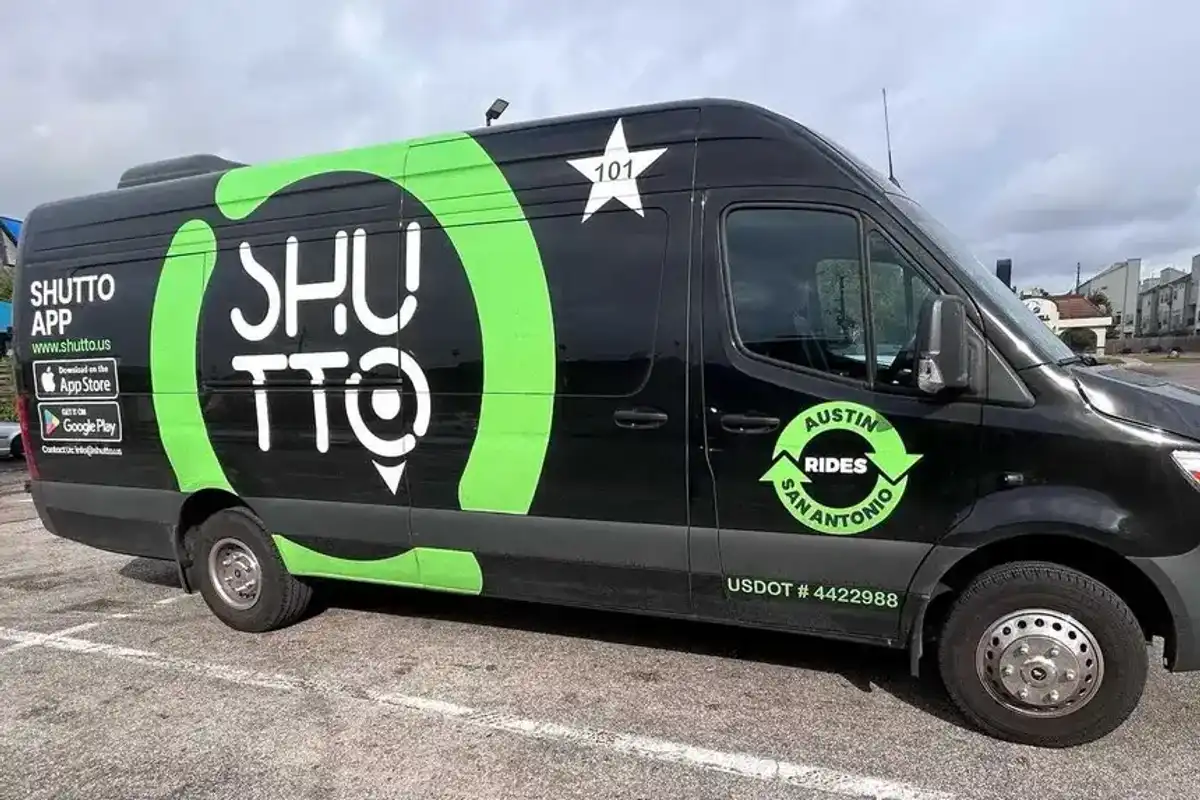Here's what venture capital investors look for in Houston health tech
money talks
It's been a tumultuous year for health technology — and venture capital investment activity has definitely been affected. Looking toward the future, a group of panelists discussed how they are investing — and what they are looking for.
The panel, which was presented in partnership with the Houston Angel Network and Cooley for Houston Tech Rodeo, featured three investors:
- Dennis McWilliams, partner at Santé
- Terri Burke, venture partner at Epidarex Capital
- Farzad Soleimani, health care partner at 1984 Ventures
A unique idea
The idea and solution of the med tech device or digital health company is of course of high importance for the investors.
"We really look for that unmet need. What is the innovative technology or med tech that's doing something different?" Burke says. "We try to find things that are breakthrough or disruptive that aren't one of six going after the same thing."
In light of COVID-19, the panelists discussed the advancement of remote care and telehealth. Another concern amid population growth is access to primary care doctors.
"Five years from now, we're going to be short like 60,000 to 70,000 primary care doctors," Soleimani says. "The only way we can close the gap is either to turn regular doctors into super doctors, and that's going to be driven by AI and data. ... Or, enabling other providers to act more like primary care doctors."
This type of innovation is top of mind for investors. What technology can help experts like pharmacists to provide care of this sort?
"We've seen a lot of investment going into enabling other providers to act as primary care doctors," Soleimani says. "They have the training."
A strong team
Much like startups, the people power the product growth. The panelists emphasized the importance of the potential team they'd be investing in, and it's something you learn over the diligence process.
"You want to work with people you enjoy working with, so finding the right mix of people — whether we build it ourselves and help scale up a new company or a seasoned teams comes to us," Burke says.
For Soleimani, he is specific about making sure companies have someone in the CTO role — not just a part-time developer or contract worker.
"You need to have somebody who can build the technology — I cannot stress that enough," he says. "The process is arduous, and you're not going to get there overnight."
IP and regulatory process
Investors are looking to support protected technology, the panelists say, and most of the times they want an entrepreneur to start that process earlier than you might think.
"Investors actually care and care a lot and go pretty deep to make sure that something in the idea is protectable," Burke says.
The panelists also say they want a team that understands the regulatory process that will get the technology to scale. And investors aren't scared of investing in companies going down these paths.
"The regulatory process is often times misinterpreted — it can be your ally," Soleimani says. "Just because something needs to go through the regulatory process doesn't mean it is less attractive. It just has to be the right process for it."
McWilliams says a few years ago, maybe the process was more confusing, but nowadays companies are familiar with their options.
"For the most part, most devices know what the pathway is going to be," he explains. "If a team is telling you they don't really know what their regulatory strategy is, they probably don't know what they are doing or they don't want to tell you."
The panelists acknowledged that these regulatory processes can be costly, so factoring that into the equation is important. It's also a space where surrounding yourself with the right people is important.
"I think it's important to not only know your pathway, but also what it will take to prove that out," Burke says. "That's where physician advisers can be really valuable, as well as regulatory consultants."
The right valuation
Valuation is another factor investors consider — both valuations that are too high and too low.
"There's always this question of valuation and there's always this desire to maximize your pre-money valuation on a deal, and I would say that this can often times get you in really big trouble," McWilliams says.
Consider the market and where your company capitalization stands, McWilliams adds, and make sure there's always room on either side.
Ultimately, it depends on the investor
The panelists left the audience with advice for entrepreneurs to do their homework when reaching out to potential investors. Both what kind of companies investors fund as well as what stage they contribute to.
"It's important to know what type of investor you're speaking to," Burke says.
Starting those relationships with plenty of time is also important.
"It's hard to build a meaningful, lasting relationship with an investor if you're running of cash in two months and need a decision right away," McWilliams says.





